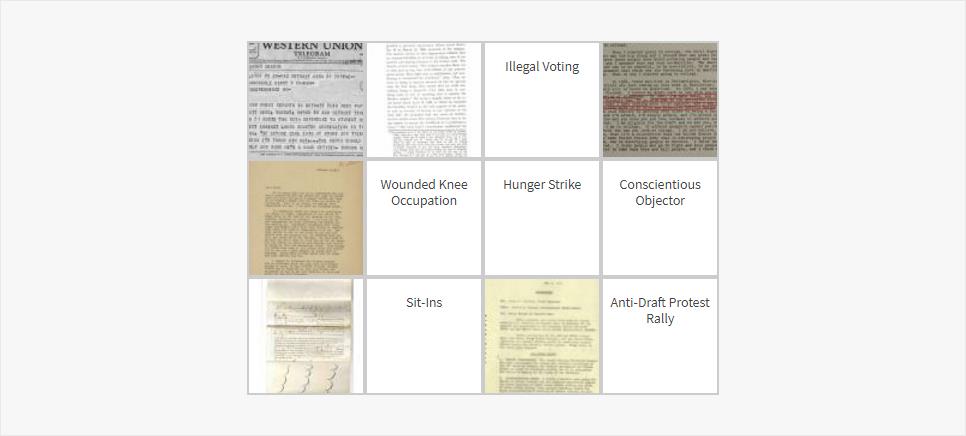Breaking the Law Intentionally: Civil Disobedience
Seeing the Big Picture

About this Activity
- Created by:National Archives Education Team
- Historical Era:Across Eras: Civics & Government
- Thinking Skill:Historical Analysis & Interpretation
- Bloom's Taxonomy:Analyzing
- Grade Level:Middle School
In this activity, students will analyze documents to discover various acts of civil disobedience that have occurred in American history. Then they will match the documents to the appropriate descriptions of civil disobedience.
After completing the activity, students should be able to define "civil disobedience" and cite examples from American history when it has been used to bring about political or societal change.
https://www.docsteach.org/activities/student/breaking-the-law-intentionallyAfter completing the activity, students should be able to define "civil disobedience" and cite examples from American history when it has been used to bring about political or societal change.
Documents in this activity
- Voting Rights Act of 1965
- Telegram from Former President Truman Regarding Sit-ins
- Letter from Raymond Dellinger to His Son, David Dellinger
- Memorandum Regarding Major Issues with the Wounded Knee Occupation
- Principal Questions in Clay v. United States
- Raymond Anthony Mungo Speech
- Indictment for Mary Pulver




